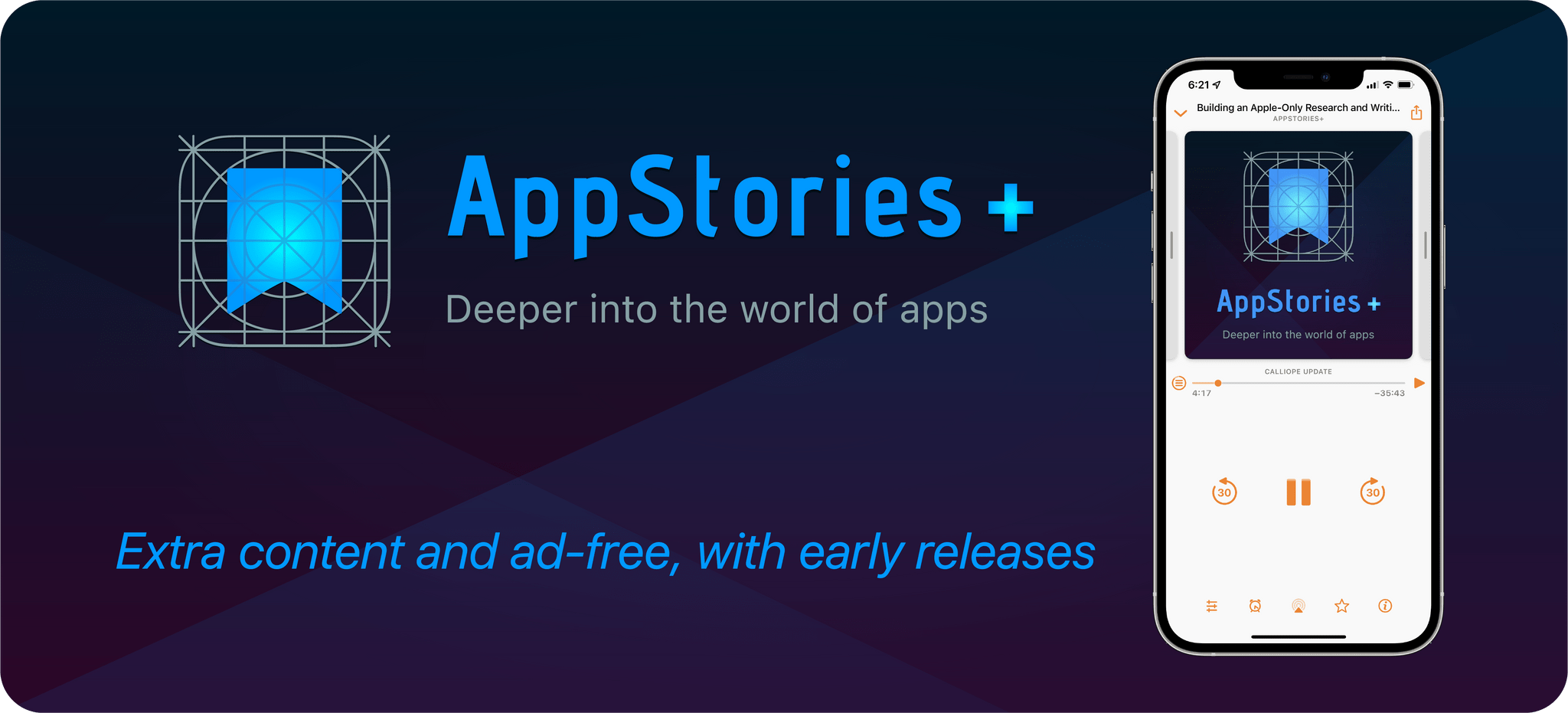
 AppStories
AppStories Making Sense of MCP: The Standard Connecting AI to Apps
56 snips
Oct 5, 2025 Uncover the mysteries of Model Context Protocol (MCP) and how it connects AI to apps. Discover its client-server model and the difference between local and remote setups. Dive into security risks like prompt injection and data exfiltration. Learn about notable MCP integrations with services like Notion and Zapier. Explore unique use cases enhancing data portability, plus the evolving landscape across various LLMs. The future of MCP looks promising, though it currently skews toward desktop capabilities.
AI Snips
Chapters
Transcript
Episode notes
Early MCP Was Local Node Servers
- MCP originally ran as local Node.js servers on users' machines to bridge Claude to AppleScript and local apps.
- That local server acted as a middleman translating natural language into system actions for the LLM to use.
MCP Bridges LLMs And External Services
- MCP is an open standard that lets LLMs talk to external services via an API and translate natural language into actions.
- It standardizes integrations similar to Zapier and Shortcuts but centered on LLM-driven workflows.
Two Flavors: Local Extensions And Remote Connectors
- MCP evolved into two flavors: local extensions for desktop actions and remote connectors hosted by services.
- Companies hide 'MCP' terminology behind user-friendly names like connectors and extensions.

